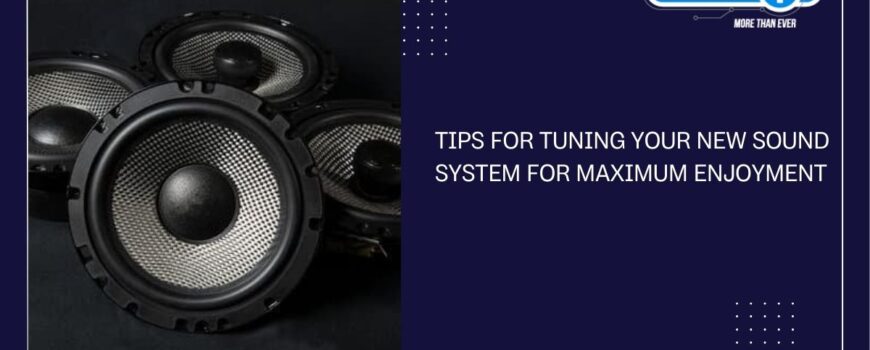Good audio in a car isn’t just about volume; it’s about quality. The ability to transform your car into a moving concert hall or a cinema depends largely on how well your audio system is tuned. Upgrading to a new sound system for car is like giving your ride a musical makeover. A well-tuned audio setup can completely transform your driving experience, making every journey more enjoyable. To truly unlock the full potential of your new sound system for car, proper tuning is essential.
From balancing the bass to positioning your speakers for optimal sound, every adjustment contributes to a richer, more immersive listening experience. However, it can be disappointing when your carefully designed system doesn’t sound the way you expected it to. But don’t lose your cool — spend some time tuning your system before you go back to the drawing board.If you’re looking for personalized sound, custom car audio solutions can help you achieve the perfect balance of bass, treble, and clarity tailored specifically to your vehicle.
Let’s explore the key tips to tune your new sound system for car for maximum enjoyment and enhanced sound quality.
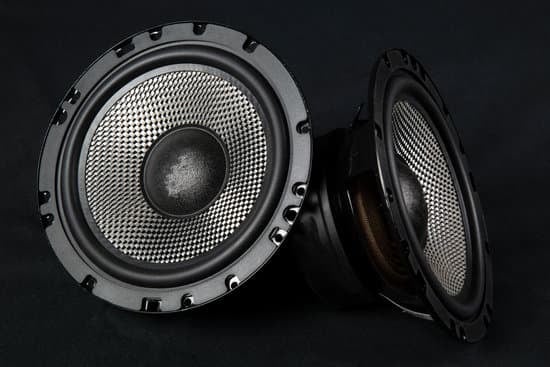
1. Understand Your Sound System’s Features
It is very important to know what features your car’s sound system offers before making any adjustments. Most modern high-performance car audio systems come with different settings for bass, treble, balance, fader, and volume. Advanced systems like Bluetooth-enabled audio speakers and touchscreen audio systems may also have some additional features, such as equalizers (EQ), sound staging, and surround sound options.
Take time to read the manual of your car’s audio system and familiarize yourself with the settings. It will give you more control over fine-tuning the sound of your new sound system for car to your preferences if you know how each control works.
2. Choose the Right Music
The kind of music that you play determines how good your new sound system for car will tune. In order to receive the best sound, one should listen to music with which they are well familiar. The more such music, with good production quality, dynamics, and many instruments played using bluetooth-enabled car speakers or touchscreen audio systems. It can provide you with a proper judgment of the performance of the sound system in your car. Investing in custom car audio solutions can provide a more immersive listening experience, enhancing the overall sound quality and delivering audio that fits your preferences perfectly.
Tracks with good bass, mids, and treble will really help you get the system balanced. Classical music with strings, jazz, or well-mixed rock music can be used for balancing the whole sound. Do not use low-quality or overly compressed tracks because they will not give you a proper representation of your system’s capabilities. With Bluetooth-enabled car speakers, you can easily stream your favorite playlists, podcasts, or take hands-free calls while on the road, ensuring a safer and more enjoyable driving experience.
3. Adjust the Equalizer (EQ) Settings
Most high-performance car audio systems have an equalizer, allowing you to adjust the bass, midrange, and treble levels. EQ is one of the most powerful tools to tune your new sound system for car according to your needs.
Bass: Start with a neutral setting for bass. Too much bass can overpower other frequencies, causing distortion, while too little bass will make your music sound thin and lifeless. A slight boost in bass can add fullness, but be cautious not to overdo it.
- Midrange: The midrange frequencies are important for vocals, instruments, and clarity in your music. Boosting the mids can make vocals more clear, while cutting it may give you a sound that is more “club-like” with a bass emphasis.
- Treble: Treble will change the brightness and clarity of your sound. Increasing it by a small amount can provide details and make your music more lively. But at times, too much treble will cause harshness or ear fatigue.
You would want to balance the bass, mids, and treble to suit your preference of type of music. Try changing it slightly and listen for each difference.
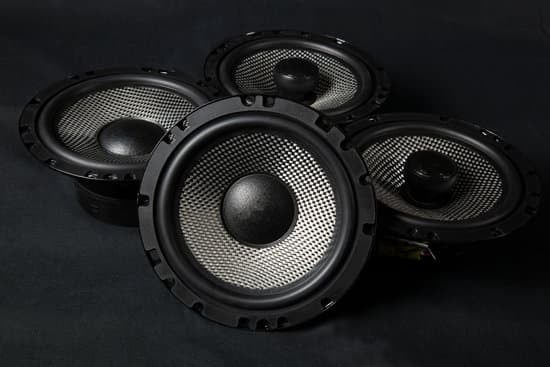
4. Set the Balance and Fader
The balance and fader controls are important to get a balanced sound in your car. These settings control the left-to-right (balance) and front-to-back (fader) distribution of the sound in your new sound system for car.
- Balance: This helps sound coming through the left and right speakers. If you are hearing music more on one side of your ears than the other, you will need to balance it. Center balancing is perfect for an equally balanced listening experience. Still, if you are driving by yourself, you may want to shift it a little toward your driving side for a more individualized sound.
- Fader: This fader controls the balance of sound between the front and rear speakers. For maximum audio, you want your front and rear speakers to produce a balanced output. Usually, the front speakers should be louder than the rear ones, but it can be adjusted according to the personal taste and acoustics of your car.
5. Control the Subwoofer
If your car’s sound system has a subwoofer, it’s essential to fine-tune it for maximum enjoyment. The subwoofer controls the low-end frequencies (bass) and can add a deep, rumbling effect to your music. However, too much subwoofer output can overwhelm the rest of the sound in your new sound system for car.
Start with the subwoofer’s volume set to neutral or low. Gradually increase it while listening to music with strong bass. The key is to make the bass feel present and powerful without drowning out the mids and highs. Ideally, the subwoofer should complement the rest of the sound system rather than dominate it.
6. Fine-Tune the Volume Levels
Once you have adjusted the EQ settings, balance, faders, and subwoofer, it’s time to adjust the volume. Lower the volume at first but raise it step by step gradually until you achieve an easily comfortable listening level.
Avoid cranking the volume too high, as this can cause distortion, especially if your new sound system for car isn’t designed to handle high volumes. If you start to hear any distortion, lower the volume or adjust the EQ to reduce the offending frequencies.
7. Acoustic Considerations
Cars are inherently challenging environments for audio because of their hard surfaces, small size, and uneven acoustics. However, a few small tweaks can enhance the sound in your new sound system for car:
- Soundproofing: Adding soundproofing materials to your car, such as damping mats for doors or the trunk, can reduce unwanted road noise and vibrations, improving your listening experience.
- Speaker Placement: Ensure that the speakers are positioned optimally for the best sound. The sound should come from the front speakers to avoid a “distant” sound that can be caused by rear-facing or poorly positioned speakers.
- Windows Up: Keeping your windows closed helps prevent outside noise from interfering with your listening experience. The air and road noise from open windows can make it difficult to hear the nuances in your music.
8. Check Your Speaker Settings
If your car’s sound system allows the individual adjustment of speakers, use this advantage to calibrate each to its peak performance. See that individual speakers (tweeters, midrange, and woofers) work correctly and aren’t overloaded. Upgrading factory speakers can be considered, though, in case the actual sound you need isn’t coming through.
Generally, aftermarket speakers give you better clarity of sound and stronger bass with performance enhancement compared to what is being offered with factory stock speakers in your new sound system for car.
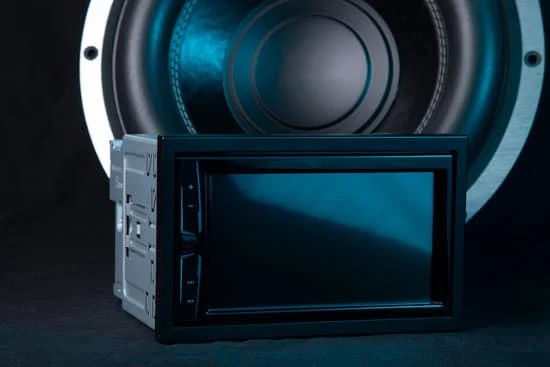
9. Use Sound Enhancing Apps
Some of the high-performance car audio systems include apps or software to further fine-tune the sound. Apps can give you greater control over your new sound system for car with graphical EQs, advanced filtering options, and even saving different sound profiles.
These apps also allow you to fine-tune the system in real-time while you listen to your favorite tracks to achieve the best possible sound for each type of music.
10. Test with Different Genres
Test it out with a few different genres of music. A well-tuned new sound system for car should sound good under all circumstances. From rock and pop to classical and hip-hop, each will test a different aspect of your system, such as bass response, vocal clarity, or instrumental separation.
Listen to different tracks so your new sound system for car sounds good whether you want to play or listen to anything.
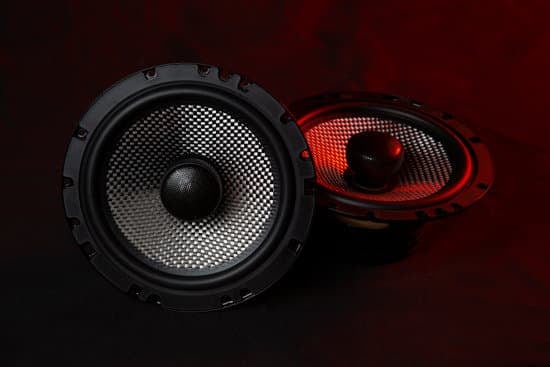
Final thoughts
Whether you’re upgrading an existing system or building one from scratch, custom car audio solutions ensure that your car’s audio setup is designed for maximum performance and satisfaction. Tuning your new sound system for car is a journey of experimentation and refinement. The key is to make gradual adjustments, test different music genres, and find a balance that works for you. By understanding your system’s features, adjusting the EQ and subwoofer settings, and considering the acoustics of your car, you’ll be able to get the most out of your new sound system for car.
With a little effort and patience, you’ll be able to enjoy an enhanced audio experience that makes your drive much more enjoyable, no matter the road or the destination. For more tips and advanced tuning methods, check out Circuit i Stereo. Happy tuning!

